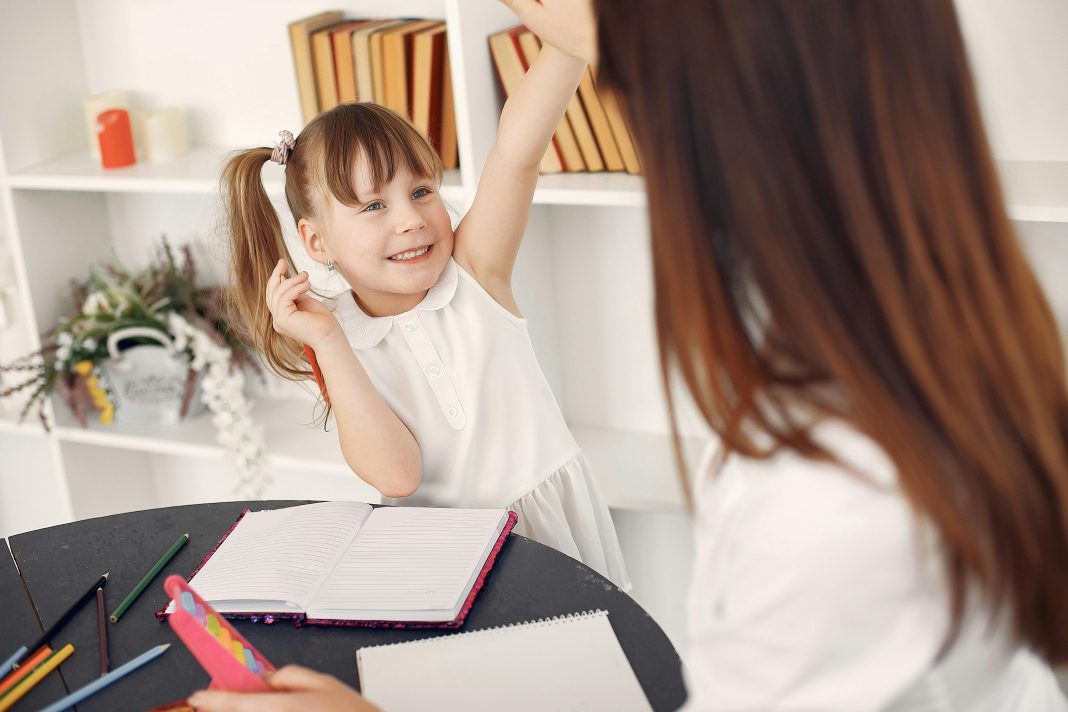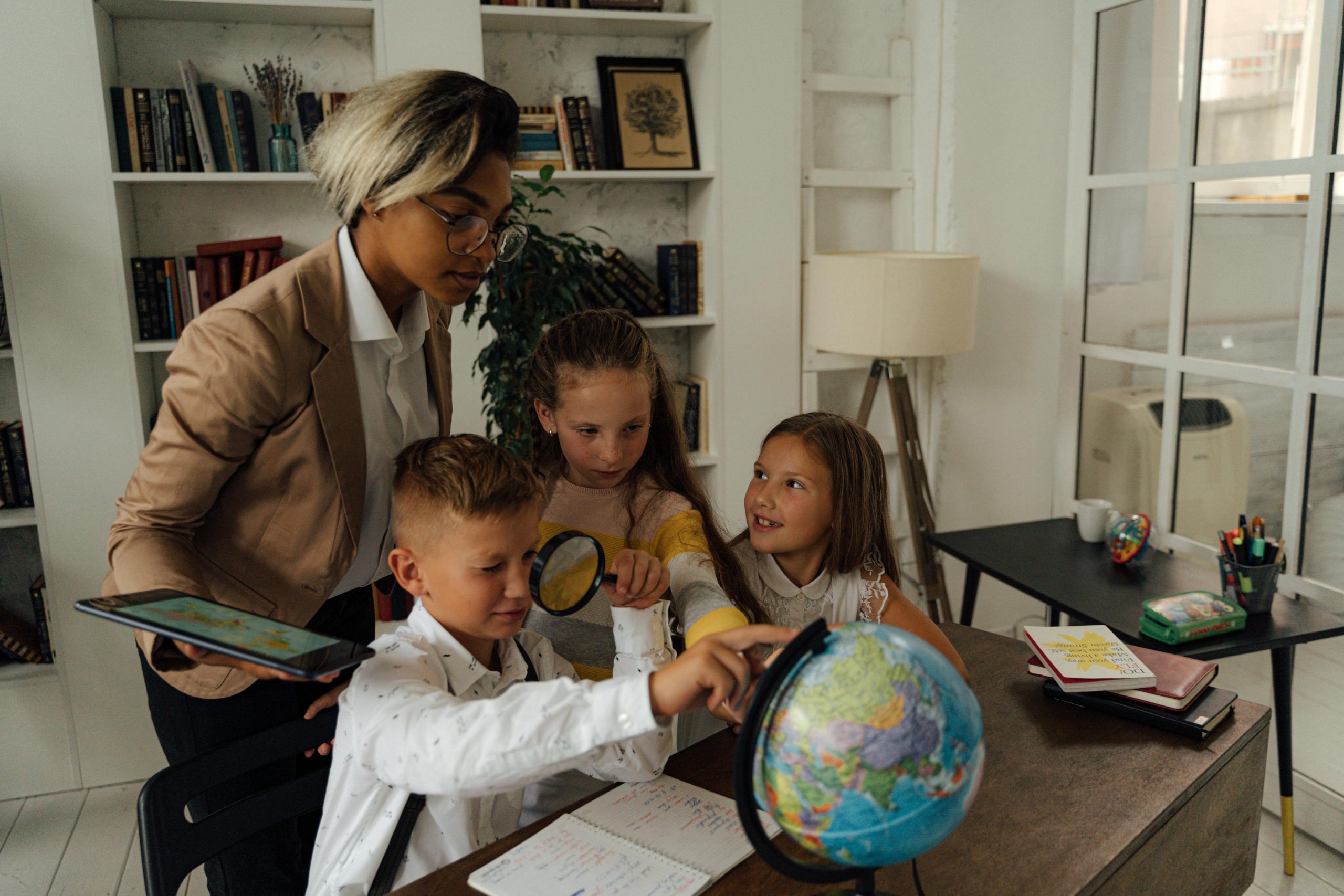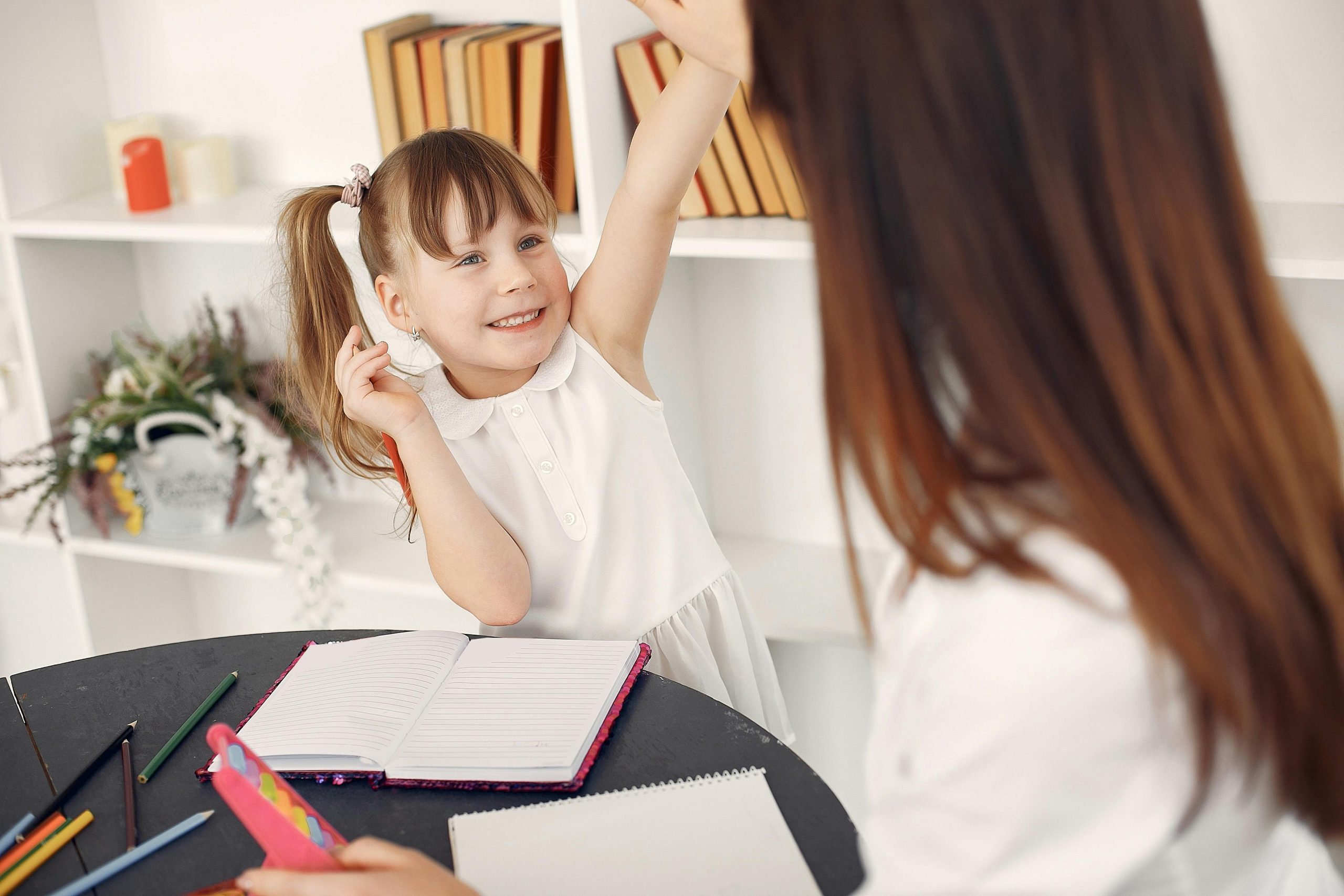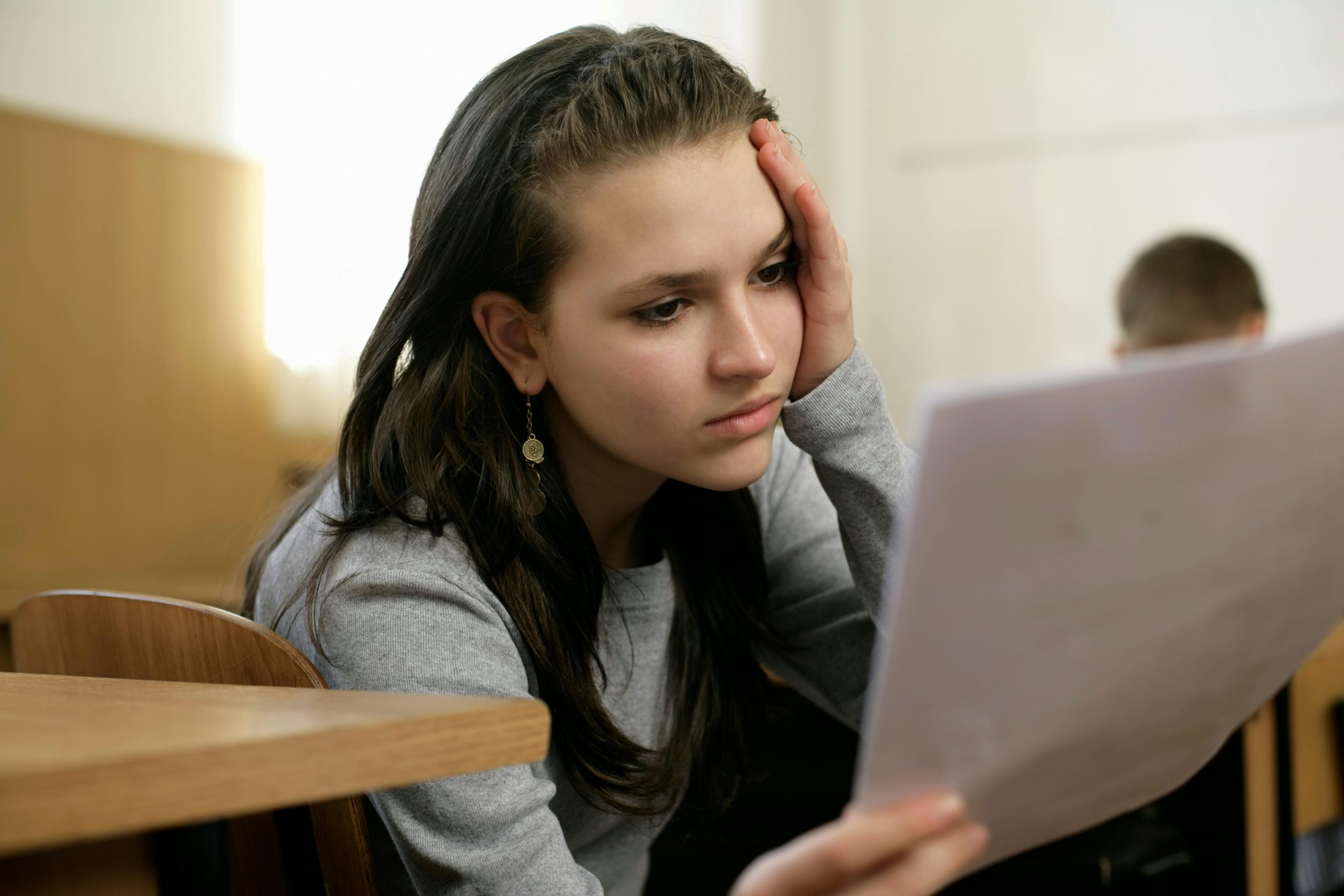Today’s classrooms are often characterized by behaviors that disrupt learning. Traditional disciplinary measures offer quick fixes but often fail to address the root causes. Social and emotional learning (SEL) emphasizes students’ social and emotional needs holistically. Integrating SEL into classroom practices encourages students to develop self-awareness, empathy, and practical communication skills, leading to a more positive and conducive learning environment. Restorative practices, which emphasize repairing harm and rebuilding relationships, offer an alternative to traditional disciplinary measures that can deepen resentment.
Additionally, promoting a growth mindset helps students view challenges as opportunities, encouraging resilience and reducing negative behaviors by shifting their perception of failure. Teachers must cultivate emotional intelligence to effectively teach and model CASEL’s SEL competencies: responsible decision-making, self-awareness, self-management, relationship skills, and social awareness. By developing these skills, teachers can better model, discuss, and instruct students on navigating their emotions and interactions.
Throughout my career, I have learned the benefits of implementing SEL to rectify negative behavior in pre-kindergarten, elementary, and middle school classrooms.
- Cultivate a Safe and Inclusive Classroom Environment
The foundation of SEL is creating a space where students feel safe, respected, and valued. Negative behavior often stems from feelings of insecurity or exclusion. You can start by establishing clear classroom expectations for respect and kindness. Encourage students to share their feelings and thoughts without fear of judgment. Regularly engage the class in activities that promote teamwork and understanding, such as group projects or classroom meetings. When students feel they belong and are heard, they are less likely to act out negatively.
I begin the school year by establishing clear expectations for respect and kindness. I meet with each student randomly during the week to encourage them to share their thoughts, feelings, and concerns. During these “meetings,” I model active listening and ensure that every student can speak without fear of judgment. I also incorporate group tasks that promote teamwork and collaboration, allowing the students to work together and understand each other’s perspectives.
During these meetings, I have learned, for example, of the anger that a student felt about feeling abandoned by their biological parent and of students stating that they did not feel competent to be in the grade they were in at the time. Just like all humans, students have feelings and thoughts that can overwhelm them mentally and emotionally. Building trust with your students is crucial so they feel safe telling you anything. You never know what the outcome may be.
I have also implemented ClassDojo to reinforce these values, awarding points for positive behaviors such as collaboration, empathy, and respectful communication. I can track improvements through ClassDojo by awarding points when the class works together to ensure that all members are involved in group tasks, helping others, or working hard. I have noticed my students being more thoughtful in their communication with one another, holding one another accountable, and working together to make sure that our classroom is clean and we are taking care of one another, even if it is something as simple as cheering up a classmate when they are showing signs of sadness.
2. Teach and Model Emotional Literacy for sel
Many negative behaviors arise from students’ inability to recognize and manage their emotions. Teaching emotional literacy empowers students to understand and articulate their feelings. You can incorporate lessons that help students identify emotions in themselves and others. Once students can identify their emotions, you can teach them strategies for managing those emotions, such as deep breathing, counting to 10, or using “I feel” statements. These practices help prevent emotional outbursts and encourage more constructive ways of dealing with frustration or anger.
I always find a way to integrate lessons on recognizing and managing emotions. Early in the year, I introduce emotionally intelligent vocabulary, such as angry, upset, or unhappy, teaching students how to identify their emotions and recognize those of others. I also showcase the emotion wheel and feelings chart on the projector. We discuss using “I feel” statements to articulate emotions, like “I feel frustrated when I can’t finish my work.” I also teach and model coping strategies for managing difficult emotions, such as deep breathing and counting to 10. It doesn’t hurt to include a hug, which is sometimes all students need when they are having trouble regulating their emotions.
Doing so has decreased emotional outbursts. Students began using their “I feel” statements more regularly, which helped resolve peer conflicts. For example, instead of one of my students known for having random outbursts and tantrums storming out of the classroom, he walked up to me (in tears) and used the sentence stem “I feel” to tell me what had happened between him and another student. His doing so allowed us to have a conversation that resulted in a hug between the two students, an understanding of why the student felt the way he did, and smiles on the way back to their seats.
3. Model and Practice Empathy
Empathy is a critical component of SEL and is crucial in rectifying negative behavior. When students learn how to see things from another’s perspective, they are more likely to act with kindness and understanding. To teach empathy, you can regularly engage students in activities that require them to consider the feelings of others. Additionally, you can model empathetic behavior in your interactions with students.
Emphasizing empathy is so important to me. I incorporate regular activities and discussions to help students understand and consider the feelings of others. Role-playing scenarios where students take on different perspectives, such as resolving a playground disagreement or helping a classmate who feels excluded, are also implemented when time permits. I read stories that explore diverse perspectives and lead discussions on how characters might feel and why they act the way they do. In daily interactions, I make it a point to model empathy by actively listening to students, validating their emotions, and responding with compassion when they express concerns.
Over time, my classroom environment has become more supportive and inclusive. Conflicts are resolved more peacefully, and students have become more considerate of each other’s feelings, leading to a reduction in negative behaviors and an overall increase in positive peer interactions.
SEL provides an effective strategy for addressing negative behavior in the classroom by focusing on students’ emotional and social development. Educators can transform negative behaviors and foster a respectful, supportive classroom community by cultivating a safe, inclusive environment, teaching emotional literacy, modeling empathy, using restorative practices, and fostering a growth mindset.
Cre: Edutopia






